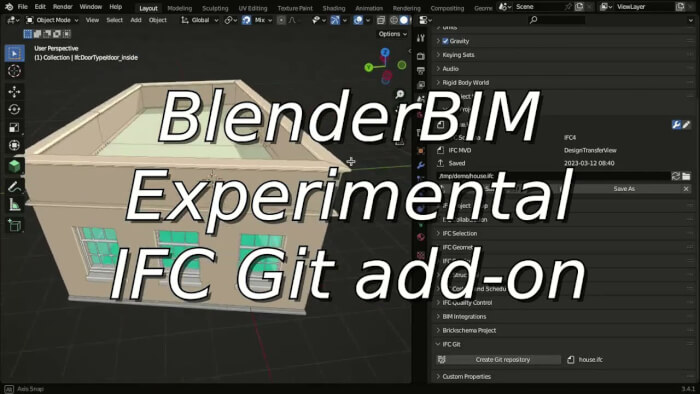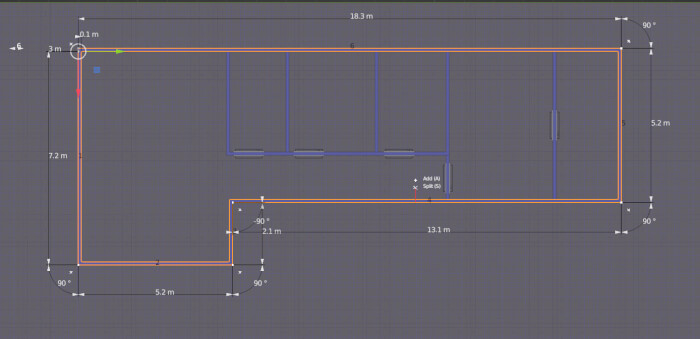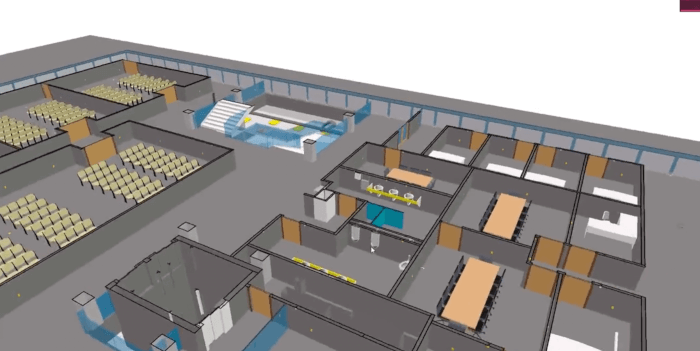
When you think about Blender in the context of architecture development, you may initially get the idea of a tool that can only help you during the end of a project. For instance, you may have a project done and want to show it to potential costumers. In that case, you will create a set of images using Cycles to get realistic visualizations from key areas of the building.
As a matter of fact, most people will take Blender as a tool to create art related material only.
We already demonstrated that Blender could also help with architectural documentation with the creation of technical drawings.
But, that is only a small subset of potential benefits from using Blender for architecture. What if I told you that Blender could also help with the energy efficiency of a building?
That kind of energy analysis could help you to create architectural projects making better use of daylight, heating and cooling, room occupancy, wind interaction and more.
Let me introduce you to the VI-Suite, which is an incredible work from Dr. Ryan Southhall in the University of Brighton. The VI-Suite is a free Add-on for Blender that will help you to create efficient architectural projects at the early stages of design.
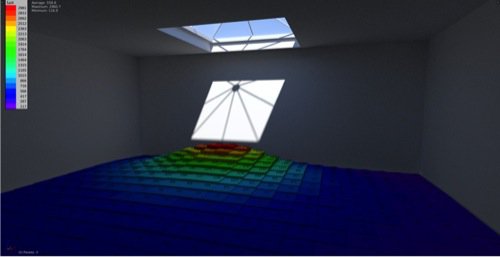
How do the VI-Suite works?
The Add-on will act as an interface and give Blender a direct connection to other open source and free tools for energy analysis. For instance, you will be able to interact with EnergyPlus from the Blender interface.
Have you ever tried EnergyPlus? It is a great software for building analysis, but it has an “unfriendly” way to deal with information. You will input data as text to the software, via commands and after processing it with weather analysis, the output will be data as text.
Using the VI-Suite, you will work with data using images and graphical feedback.
Besides EnergyPlus you will also need:
After you install and setup the VI-Suite you will work mainly with the Node Editor using particular nodes for each type of analysis.
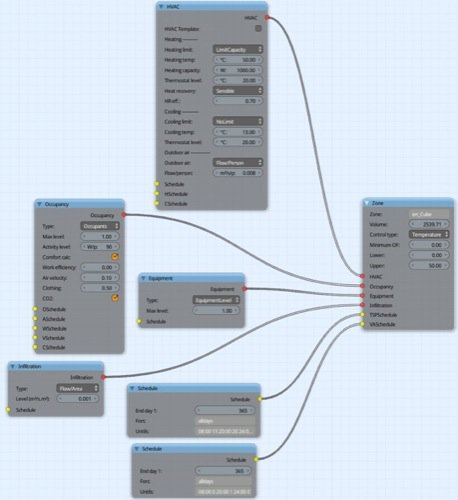
Screenshot from the VI-Suite manual
You will find a lot of options to perform a similar analysis on the market, but the ones that compare with the VI-Suite will either require a subscription, like the ones from Autodesk Revit (Merged from Ecotect) or other commercial solutions.
Using Blender with the VI-Suite will give access to building energy analysis for students, architects, and engineers all around the world using only open source and free resources.
That could even become a key selling point for your projects. Not only you will be able to design buildings that make better use of natural resources like sunlight and wind, but it could also save an enormous amount of money in the long term.
A few countries and cities might even give the building a discount on taxes when they meet some energy consumption goals. For some reason, people go nuts when they see a possible and legal, way to avoid taxes.
It could even turn into a selling point for your project: “choose my project, and you will save money and pay fewer taxes.” Of course, you will have to check if your country or city might grant such benefits.
One thing is for certain; you can start integrating building energy analysis with Blender at the early stages of design using VI-Suite.
Did I mention that it is free?

